Last updated on
Discover the ideal frequency for cleaning commercial kitchen hoods to maintain a safe and efficient workspace in your culinary establishment.
As a restaurant owner or manager, you know that keeping your kitchen clean is crucial for maintaining a safe and healthy environment for both your staff and customers. One of the most important aspects of kitchen cleanliness is ensuring that your commercial kitchen hood is regularly cleaned.
However, with so many other tasks on your plate, it can be easy to overlook this critical maintenance step. In this article, we’ll discuss how often commercial kitchen hoods should be cleaned to keep them functioning properly and prevent potential hazards in the workplace.
So let’s dive in!
What's Inside
Importance of Commercial Kitchen Hood Cleaning
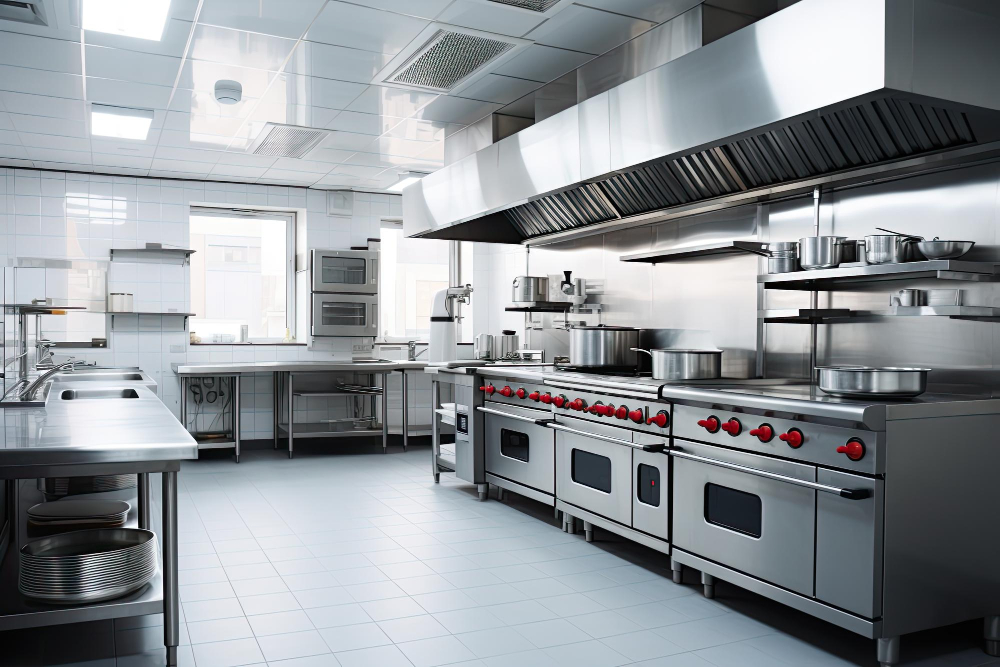
The importance of commercial kitchen hood cleaning cannot be overstated. The primary function of a kitchen hood is to remove smoke, steam, and other airborne particles from the cooking area.
Over time, grease and oil build-up in the exhaust system can cause blockages that prevent proper ventilation. This not only affects air quality but also increases the risk of fire hazards.
A dirty or clogged kitchen hood can lead to poor indoor air quality which may result in respiratory problems for your staff and customers alike. It could lead to unpleasant odors that affect your restaurant’s reputation negatively.
Regular cleaning helps maintain optimal performance levels while reducing energy costs by ensuring efficient airflow through the system. Moreover, keeping up with regular cleanings ensures compliance with health department regulations as well as insurance requirements.
Types of Kitchen Hoods

The most common types of kitchen hoods include wall-mounted canopy hoods, island canopy hoods, proximity or backshelf hood systems, and downdraft exhaust systems.
Wall-mounted canopy hoods are the most popular type of commercial kitchen hood. They are mounted on the wall behind a cooking appliance such as a range or fryer and extend over it to capture smoke, grease-laden vapors and other pollutants generated during cooking.
Island canopies are similar but instead hang from the ceiling above an island cooktop or grill station. These units require additional support structures for installation since they do not have walls for mounting.
Proximity/Backshelf Hood Systems sit directly behind equipment like ovens with no ductwork required because they use fans that pull air through filters before releasing it back into your restaurant space.
Downdraft Exhaust Systems work by pulling smoke down through grates located near your cooktops rather than up into overhead vents like traditional venting methods would do; this is ideal if you want an unobstructed view while you’re preparing food!
Components of Kitchen Exhaust Hood System

It helps to remove smoke, steam, and other airborne particles from the cooking area while also preventing grease buildup on surfaces that could lead to fire hazards. The system consists of several components that work together to ensure proper ventilation and safety in your establishment.
Firstly, there’s the hood itself which is mounted above the cooking equipment. It captures smoke and fumes generated during cooking before they can escape into the surrounding environment.
Next up are filters which trap grease particles as air passes through them before being exhausted outside or recirculated back into your establishment via an air cleaning unit.
Ductwork connects all these components together by transporting contaminated air from inside your restaurant through a series of pipes leading outside where it can be safely released into the atmosphere or treated with additional filtration systems if necessary.
Industry Guidelines and Regulations

These guidelines are designed to ensure that kitchen exhaust systems are cleaned thoroughly and regularly to prevent grease buildup, which can lead to fire hazards.
Local health departments may have specific regulations regarding the frequency of hood cleanings. It’s important for restaurant owners and managers to be aware of these regulations in order to avoid potential fines or even closure due to non-compliance.
Following industry guidelines and regulations is not only necessary for compliance but also essential for maintaining a safe working environment. Regular cleaning helps prevent fires caused by grease accumulation in the exhaust system while ensuring proper ventilation throughout your establishment.
NFPA 96 Standards and Guidelines
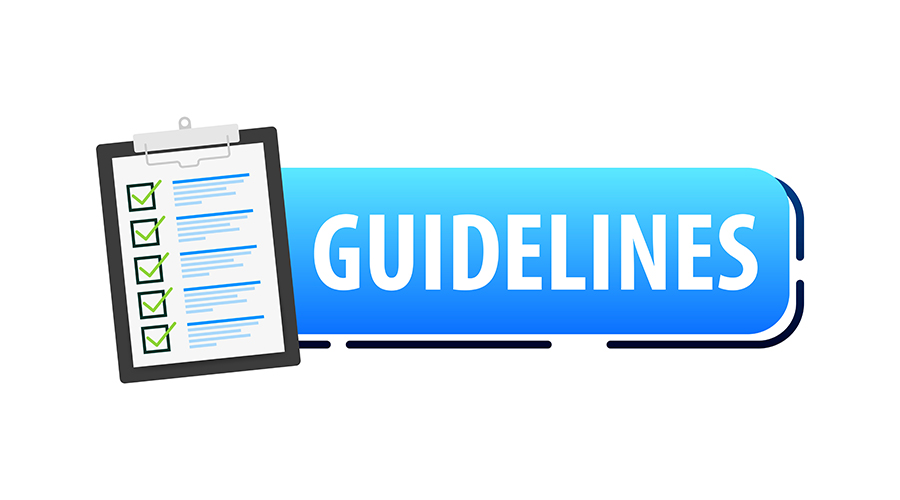
These regulations are designed to ensure that kitchen exhaust systems are functioning correctly and safely. The NFPA 96 Standard for Ventilation Control and Fire Protection of Commercial Cooking Operations outlines specific requirements for the design, installation, operation, inspection, testing, maintenance & cleaning of commercial cooking operations including grease removal devices such as hoods.
It is essential to follow these guidelines to prevent potential hazards in your establishment. Failure to comply with these regulations can result in fines or even closure by health inspectors or fire marshals.
Therefore it’s important that you hire a professional hood cleaner who follows all industry standards set forth by NFPA 96 when performing regular cleanings on your kitchen hood system.
Factors Affecting Cleaning Frequency
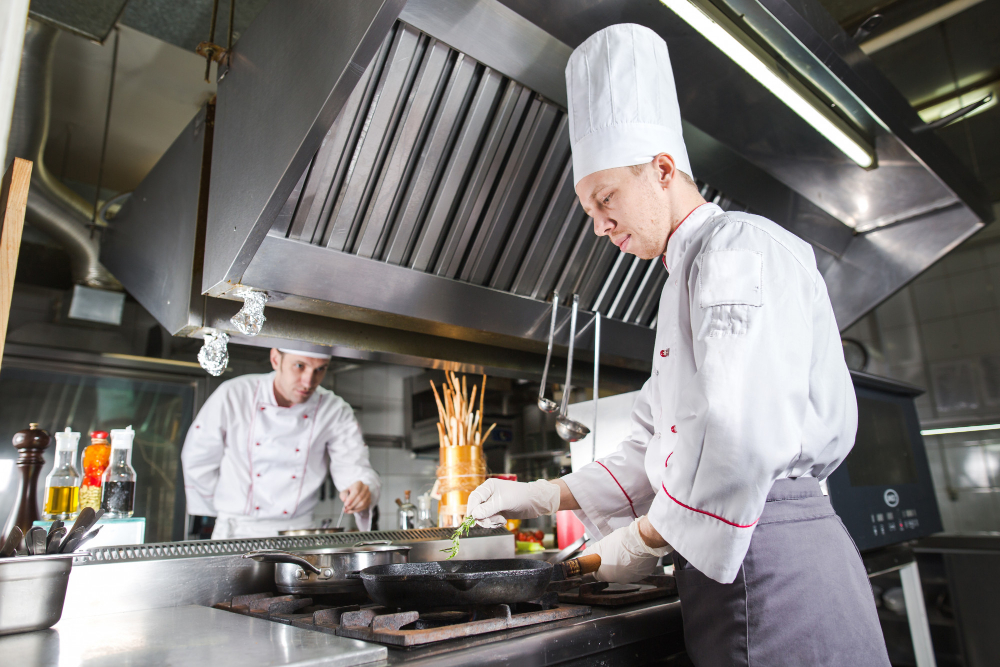
The type and volume of cooking, the size and design of the exhaust system, and the type of fuel used are some crucial factors that determine how often you should clean your kitchen hood.
For instance, if you run a busy restaurant with high-volume cooking operations using solid fuels like wood or charcoal, then it’s recommended to have your hoods cleaned every month. On the other hand, restaurants with moderate to low-volume cooking can get away with quarterly or bi-annual cleanings.
If you’re running a multi-story building where exhaust ducts travel vertically through multiple floors before exiting through an exterior wall or roof vent; this may require more frequent cleaning due to increased grease buildup in these areas.
It’s essential to note that failing to maintain proper cleaning schedules can lead not only lead to fire hazards but also health code violations which could result in hefty fines for non-compliance.
How Often Should Your Kitchen Exhaust Hood & System Be Cleaned?
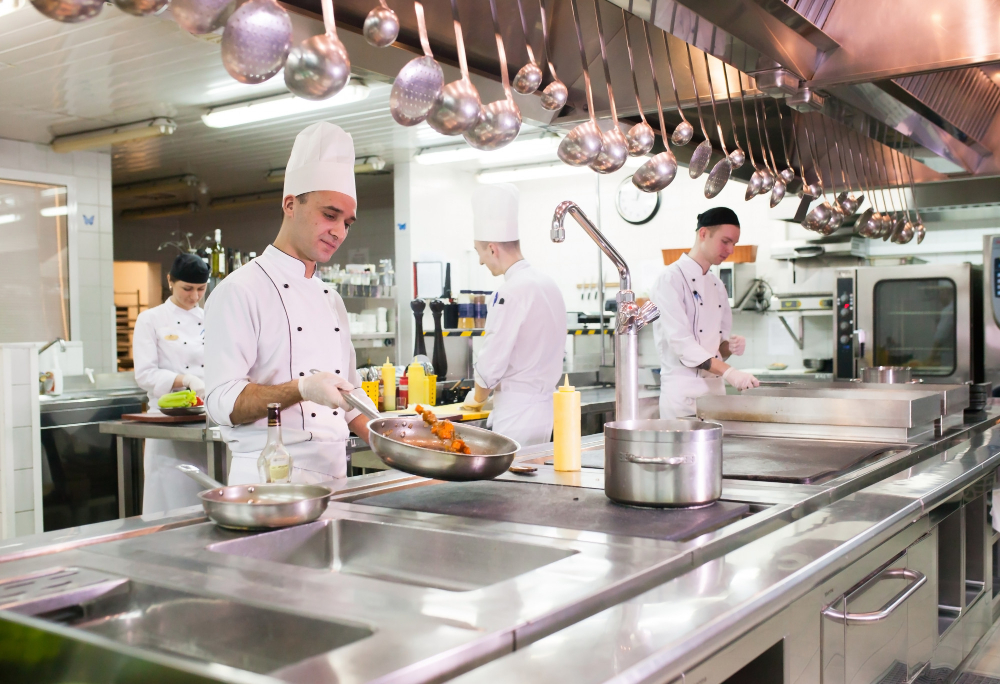
The National Fire Protection Association (NFPA) Standard 96 provides guidelines for commercial kitchens to follow when it comes to maintaining their exhaust hoods.
According to NFPA 96 standards, all commercial kitchens should have their hoods cleaned at least once every three months. However, this is just a minimum requirement; some establishments may need more frequent cleanings depending on how much they cook or if they use certain types of cooking methods that produce more grease buildup.
For example, high-volume restaurants with heavy frying operations may require monthly cleanings while low-volume cafes or coffee shops might only need semi-annual cleanings. It’s important to note that failing to adhere to these guidelines can result in fire hazards as well as health code violations during inspections.
To determine how often you should be cleaning your kitchen hood system specifically for your establishment’s needs – consult with a professional hood cleaner who can assess its condition and recommend an appropriate schedule based on usage patterns.
Signs of a Dirty Kitchen Hood
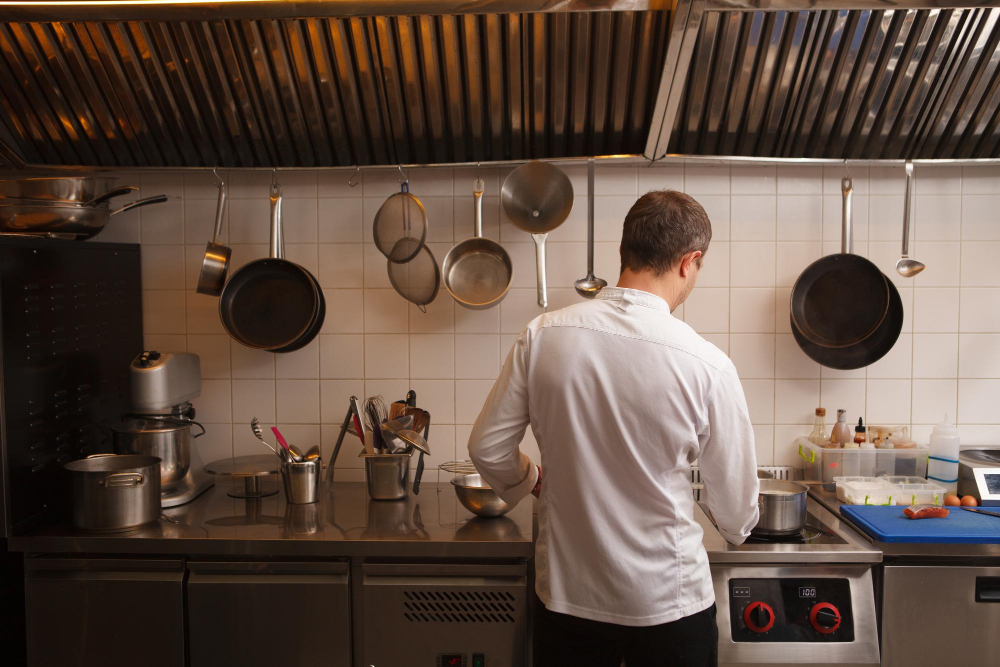
It’s essential to know the signs that your commercial kitchen hood needs cleaning so you can take action before any issues arise.
One of the most obvious signs that your kitchen hood is dirty is visible grease buildup on the exterior surfaces. If you notice thick layers of grime or discoloration on the metal surface or filters, it’s time for a thorough cleaning.
Another sign that indicates it’s time for a professional cleaning service is when there are unpleasant odors in your restaurant even after deep-cleaning other areas. The accumulation of grease and debris inside ductwork may cause foul smells in addition to being hazardous.
If you hear unusual noises coming from your exhaust system such as rattling sounds or vibrations while operating at full capacity could be an indication that there are blockages within its components due to accumulated dirt and debris over time.
Signs Your Kitchen Hood Needs Cleaning
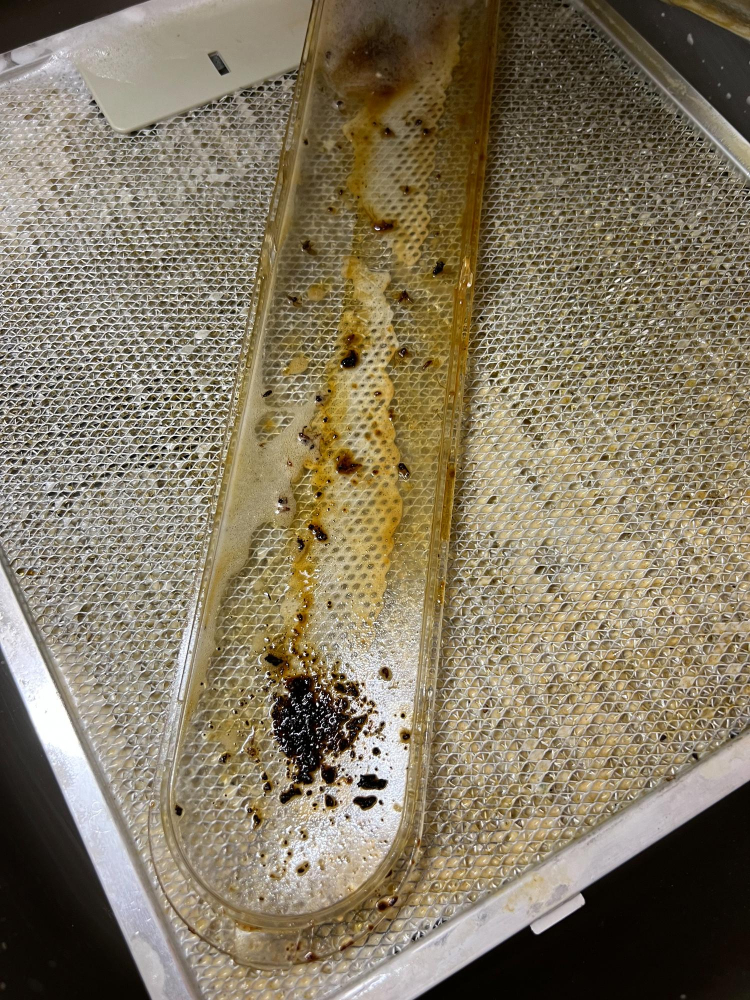
Neglecting this task can lead to a buildup of grease and other debris, which can cause fire hazards or even health risks in the workplace. Here are some common signs that indicate it’s time for a thorough cleaning:
1. Visible Grease Buildup: If you notice visible grease buildup on the exterior surfaces of your kitchen hood, it is likely that there is also significant accumulation inside.
2. Unpleasant Odors: Foul smells emanating from your exhaust system could be due to accumulated food particles and bacteria.
3. Smoke While Cooking: If smoke starts coming out while cooking under the hood, then it’s high time you get them cleaned as soon as possible.
4. Reduced Airflow: A decrease in airflow through the vent hoods indicates clogging with dirt and grime build-up over time.
5. Increased Utility Bills – Dirty filters reduce air flow causing fans motors work harder than usual leading to increased energy consumption.
Cleaning Process and Techniques
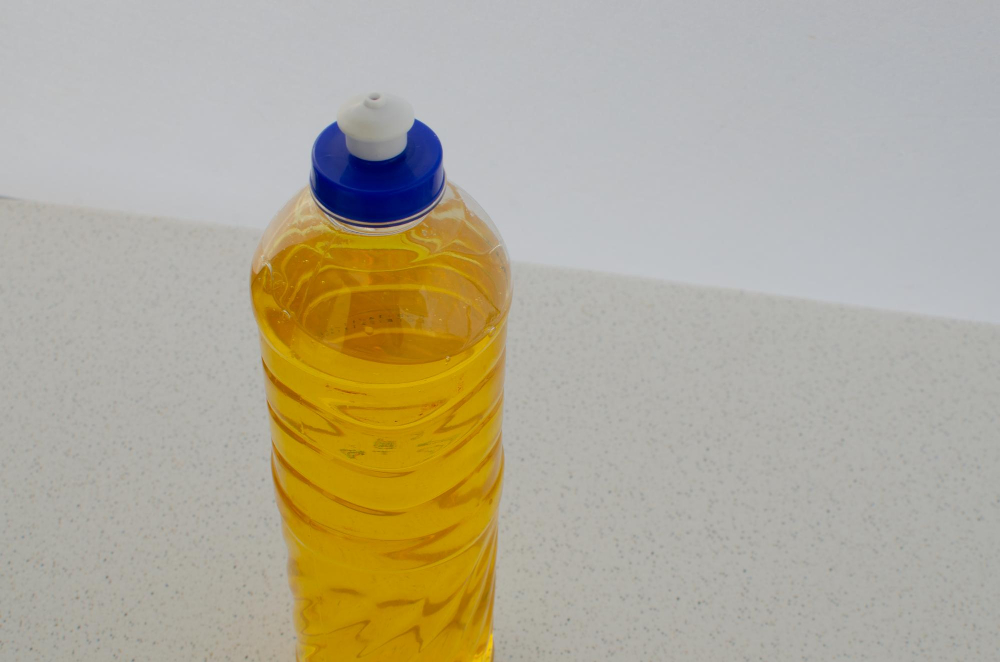
The first step is to turn off all cooking equipment under the hood and ensure that it has cooled down completely. Next, cover any nearby appliances or surfaces with plastic sheets to protect them from grease splatters.
The cleaning process typically involves scraping away any built-up grease on the interior walls of the ducts using specialized tools. Afterward, a degreaser solution is applied to break down any remaining residue before being rinsed away with hot water.
It’s important to note that different types of hoods may require different techniques for effective cleaning. For example, some hoods have removable filters which can be soaked in a degreasing solution while others may require pressure washing or steam-cleaning methods.
While DIY cleaning can save you money in labor costs, it’s essential not to cut corners when it comes to maintaining your kitchen exhaust system properly. Professional cleaners are equipped with specialized tools and expertise necessary for thorough cleanings without damaging sensitive components like fans or electrical wiring systems.
Hood Cleaning Procedure
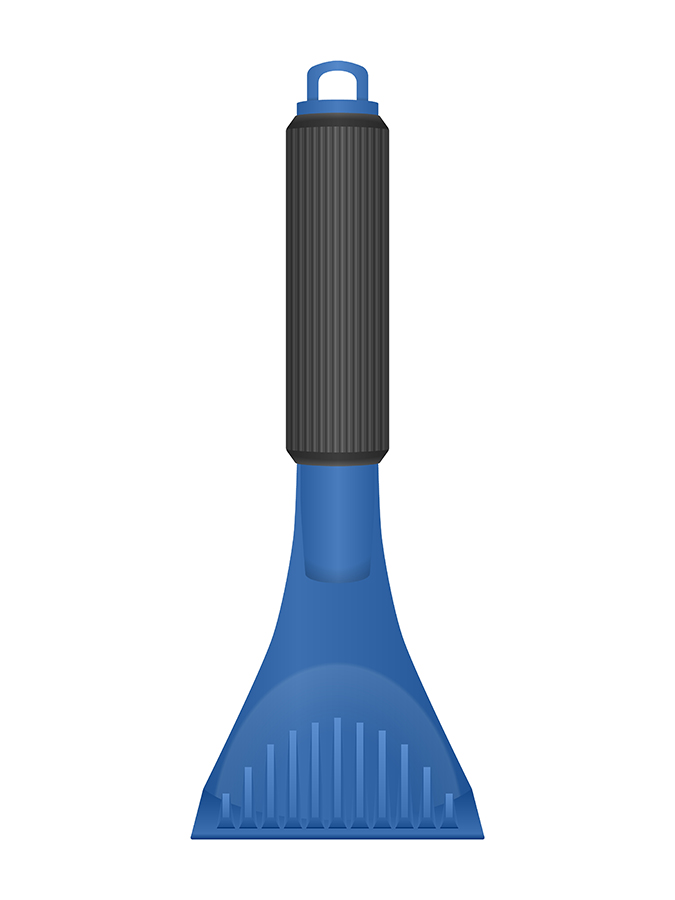
The first step is to turn off all cooking equipment under the hood and any gas valves leading into the kitchen. Next, cover all appliances with plastic sheeting or aluminum foil to protect them from grease buildup during cleaning.
The actual cleaning process involves removing grease deposits from both inside and outside of the exhaust system components using specialized tools such as scrapers, brushes, pressure washers or steam cleaners. A professional cleaner will also clean filters in hot soapy water before rinsing them thoroughly.
Afterward, they’ll use a degreaser solution on surfaces like walls behind cooking equipment where oil splatters can accumulate over time. Finally comes sanitizing; this step ensures that no bacteria remain after deep-cleaning your commercial kitchen hoods.
Professional Kitchen Hood Cleaning Services
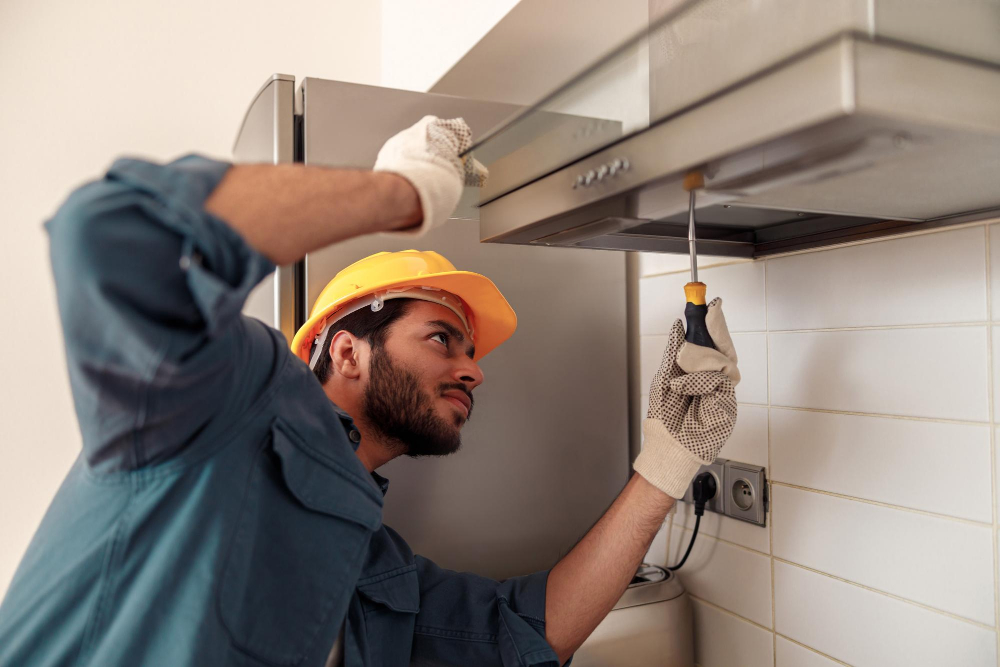
Professional cleaners have the expertise, equipment, and experience necessary to thoroughly clean every component of your kitchen hood system.
When you hire a professional cleaning service for your commercial kitchen hoods, they will typically follow a specific process that includes:
1. Inspection: The cleaner will inspect all components of the exhaust system to determine what needs to be cleaned.
2. Preparation: They’ll prepare the area by covering appliances and surfaces with protective materials.
3. Cleaning: Using specialized tools and techniques, they’ll remove grease buildup from all parts of the hood system including ductwork fans filters etc., ensuring that everything is left spotless.
4. Final inspection: After completing their work on-site or offsite (depending on how extensive), professionals conduct final inspections before leaving premises so as not leave any mess behind!
DIY Cleaning Vs. Professional Cleaning

Professional cleaners have the experience and equipment necessary to thoroughly clean every component of your exhaust system, ensuring that no grease or debris is left behind. They also know how to properly dispose of any hazardous materials that may be present during the cleaning process.
DIY cleaning can be tempting for those looking to save money, but it comes with several risks. Without proper training and equipment, you could damage critical components of your exhaust system or even start a fire if you accidentally ignite built-up grease while attempting to clean it yourself.
DIY cleaning may not meet industry guidelines and regulations set forth by organizations such as NFPA 96. Failure to comply with these standards could result in fines or legal action against your establishment.
Professional Restaurant Hood System Inspections and Cleaning Services
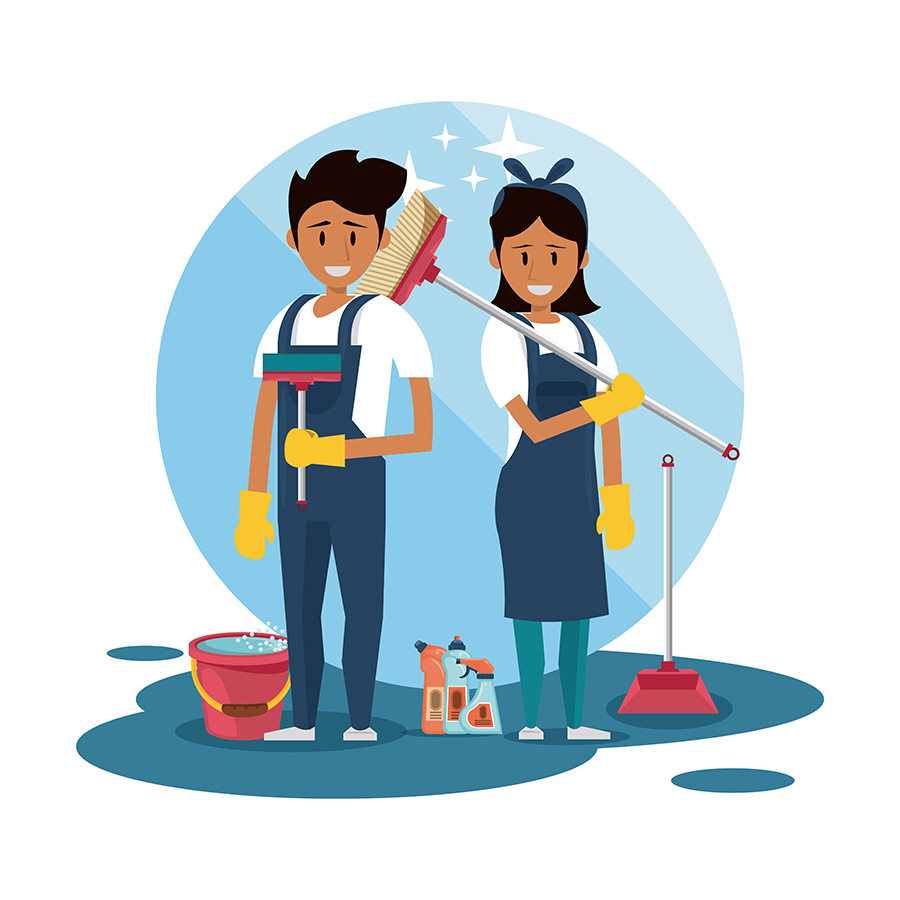
Professional restaurant hood system inspections can help identify potential issues before they become major problems, ensuring that your kitchen remains safe and compliant with industry regulations.
A professional cleaning service will use specialized equipment and techniques to remove grease buildup from all components of the exhaust system thoroughly. They’ll also inspect the entire system for any damage or wear-and-tear that could compromise its performance or safety.
By scheduling regular inspections and cleanings with a reputable company, you can rest assured that your commercial kitchen is operating at peak efficiency while maintaining compliance with health codes. Plus, you’ll avoid costly repairs down the line by catching small issues early on.
Keeping up with regular maintenance of your commercial kitchen hood is crucial for both safety reasons as well as energy efficiency purposes.
Scheduling Regular Cleanings
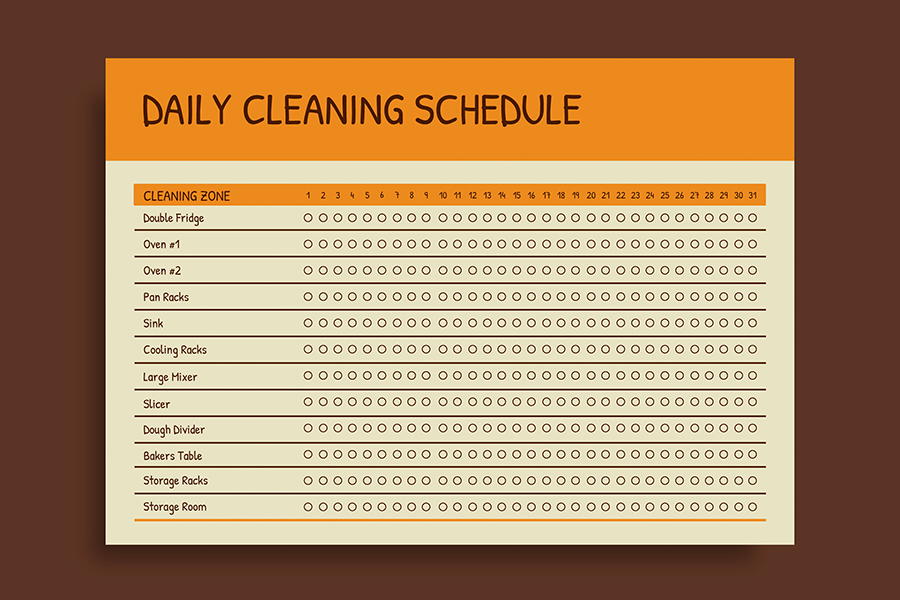
Depending on the type of cooking and volume of food preparation in your establishment, you may need more frequent cleaning than what industry guidelines recommend.
It’s best to work with a professional kitchen hood cleaning service provider who can help determine an appropriate maintenance schedule based on your specific needs. They will also provide documentation for each cleaning session as proof of compliance with health department regulations.
Regular cleanings not only keep your restaurant up-to-code but also extend the life span of expensive equipment by preventing grease buildup and corrosion. Maintaining a clean exhaust system reduces fire hazards and improves air quality in the workplace.
Maintaining Kitchen Hood Performance
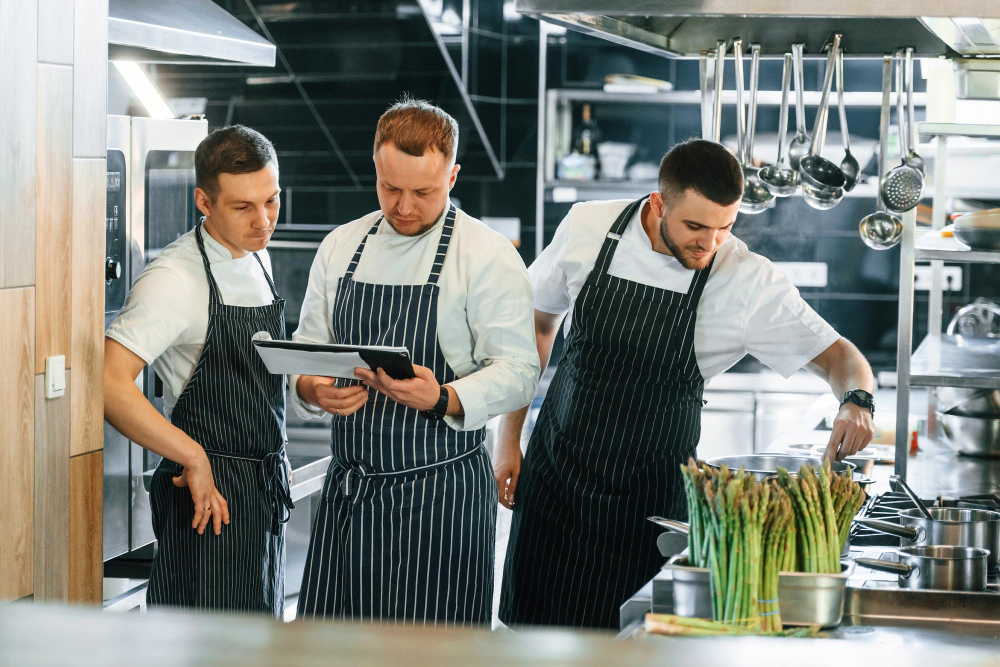
A dirty and greasy hood can cause a buildup of smoke, heat, and moisture in the kitchen, leading to poor air quality and an uncomfortable working environment for your staff. Moreover, it can also affect the efficiency of the exhaust system by reducing airflow through ducts or causing fan motors to work harder than necessary.
To ensure that your kitchen hood performs optimally at all times, you should schedule regular cleanings as per industry guidelines. In addition to cleaning services provided by professionals who specialize in this area; there are several things you can do on a daily basis to maintain cleanliness:
- Wipe down surfaces with warm soapy water after each use
- Clean grease filters regularly
- Check fans and motors periodically for signs of wear or damage
- Replace worn-out parts promptly
Maintaining a Clean Kitchen Hood
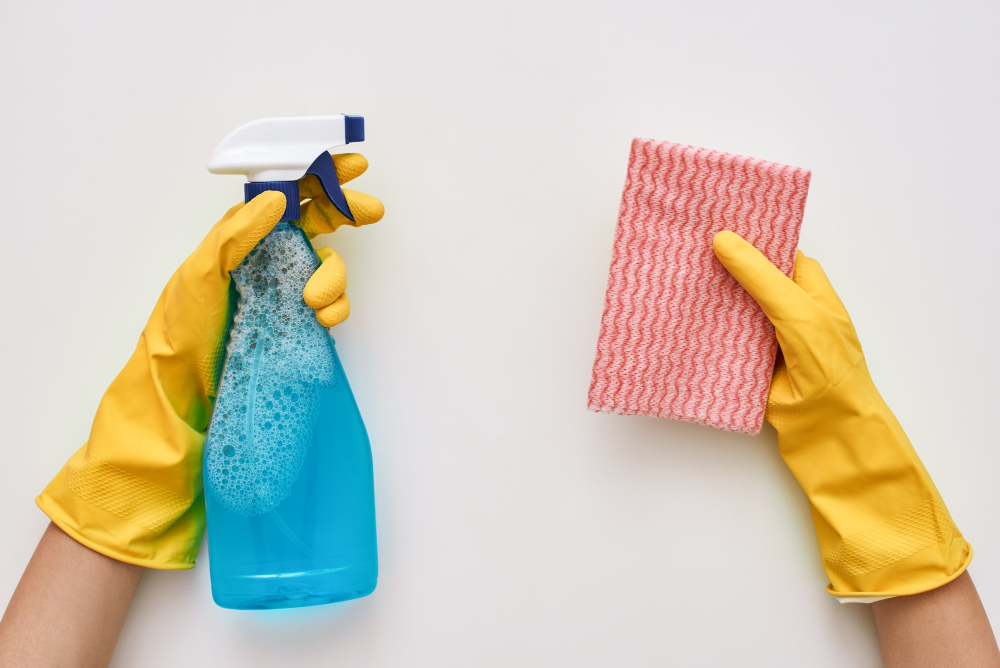
It also helps to maintain the performance of your exhaust system, which can save you money on energy costs in the long run. A dirty kitchen hood can cause airflow problems that reduce efficiency and increase energy consumption.
To maintain a clean kitchen hood, it’s essential to establish regular cleaning schedules based on usage frequency and cooking methods. For example, if you operate a high-volume restaurant with heavy frying or grilling activities, you may need more frequent cleaning than an establishment that primarily serves salads or sandwiches.
In addition to scheduled professional cleanings by certified technicians who follow NFPA 96 standards and guidelines for proper maintenance procedures, there are some things you can do daily to keep your commercial kitchen hood cleaner:
- Wipe down surfaces: Use warm soapy water or degreaser solution (avoid harsh chemicals) to wipe down visible surfaces such as filters, baffles (if applicable), drip trays/pans.
- Check for buildup: Regularly inspect inside the ductwork for grease accumulation; this will help identify when it’s time for professional cleaning.
- Train staff: Educate employees on best practices like scraping food debris into trash cans before washing dishes; this reduces grease build-up in drains leading up into hoods.
Fire Safety and Prevention
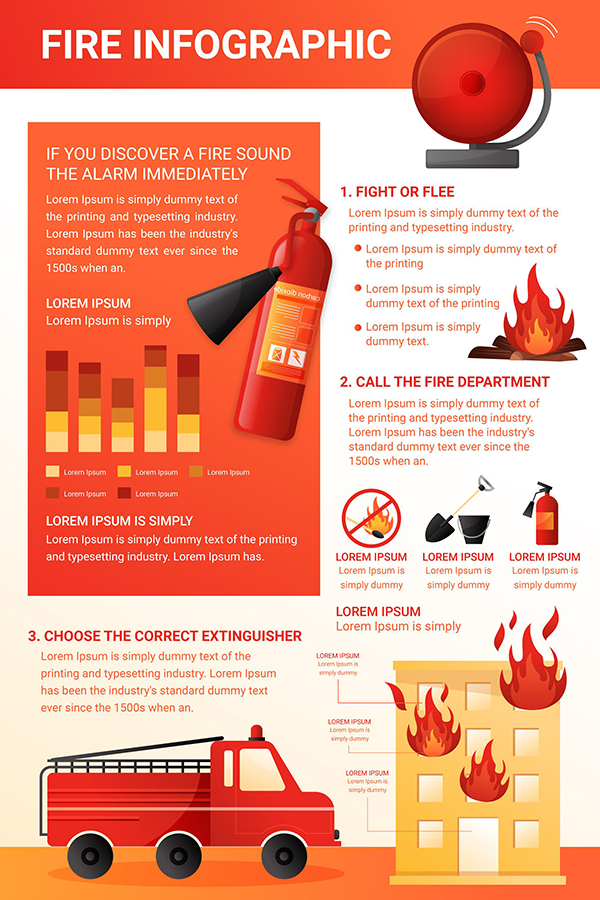
Grease buildup in your exhaust system can ignite quickly, leading to devastating consequences for your business. In fact, according to the National Fire Protection Association (NFPA), nearly one-third of all restaurant fires are caused by cooking equipment.
Regular cleaning of your commercial kitchen hood is essential not only for maintaining a safe working environment but also preventing costly damage from fire-related incidents. By adhering to industry guidelines and regulations regarding cleaning frequency, you can significantly reduce the risk of grease fires in your establishment.
In addition to regular cleanings, it’s crucial that you educate yourself and staff on proper cooking techniques that minimize grease accumulation on surfaces such as stovetops or grills. You should also have an emergency plan in place should a fire occur despite preventative measures taken.
Health Inspection Compliance
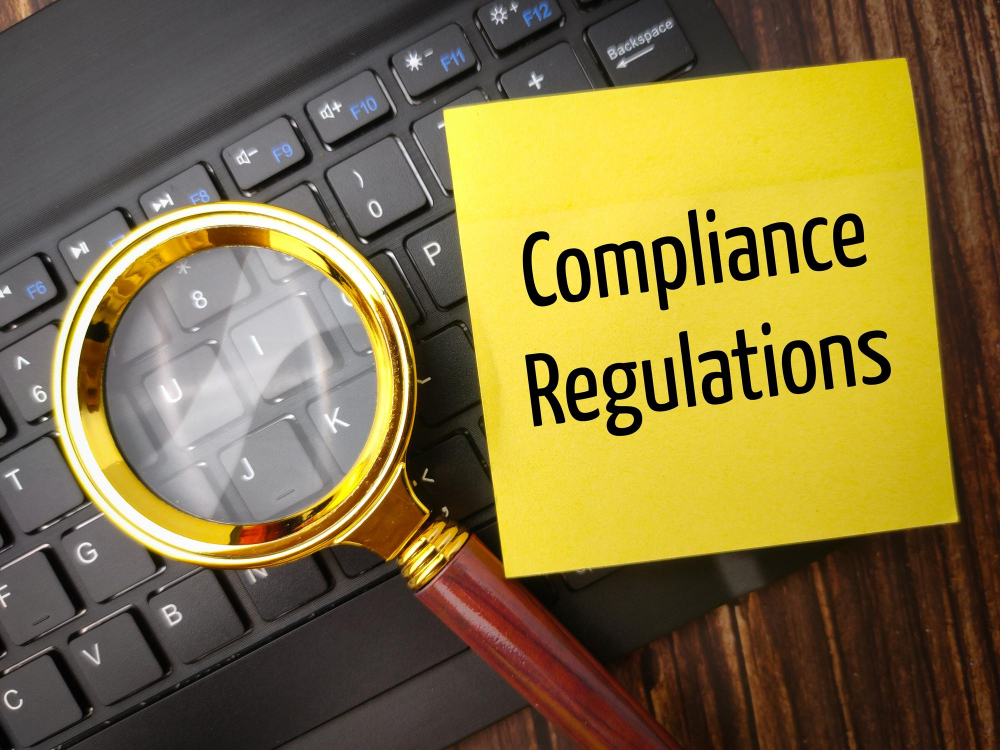
Health inspectors are tasked with ensuring that restaurants adhere to strict guidelines regarding food safety, cleanliness, and sanitation. A dirty kitchen hood can be a major violation that could result in hefty fines or even the closure of your establishment.
To avoid these consequences, it’s crucial to schedule regular cleanings according to industry standards. This not only ensures compliance but also helps you stay ahead of any potential issues before they become bigger problems.
Energy Efficiency and Cost Savings
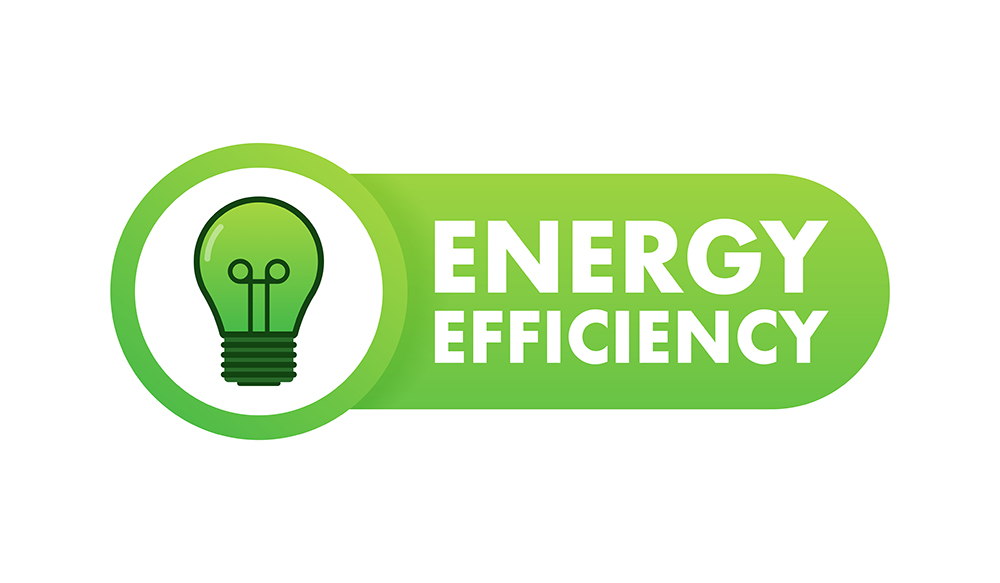
A dirty or clogged exhaust system will require more power to operate, which means higher utility bills for your business. By keeping the hood clean, you’ll ensure that it’s functioning at optimal efficiency levels.
Moreover, a well-maintained exhaust system can help extend the lifespan of your equipment by reducing wear and tear on motors and other components. This translates into fewer repairs over time as well as lower replacement costs in the long run.
By investing in regular professional cleaning services for your commercial kitchen hood system, you’re not only ensuring compliance with industry regulations but also saving money on energy bills while extending the life of expensive equipment. So don’t overlook this critical maintenance step – schedule routine cleanings today!
FAQ
How often should kitchen hoods be thoroughly cleaned by a professional?
Kitchen hoods should be professionally cleaned between once per month and once per year, as per the National Fire Protection Agency (NFPA) 96 Standard, which considers the volume of food cooked, the type of food served, and the type of fuel used.
What is the standard for maintaining commercial kitchen hoods?
The standard for maintaining commercial kitchen hoods is NFPA 96, which focuses on the cleanliness and maintenance of kitchen exhaust systems to prevent fire hazards caused by solidified grease in ventilation ducts.
What is the NFPA code for kitchen hood cleaning?
The NFPA code for kitchen hood cleaning is NFPA 96, which focuses on ventilation control and fire protection of commercial cooking operations.
How do you clean commercial kitchen hoods?
To clean commercial kitchen hoods, mix a solution of warm water and liquid degreaser in a bucket, and scrub the interior of the hood using a non-abrasive scrub pad, soft-bristle brush, or cloth to remove grease and debris.
What factors contribute to the frequency of commercial kitchen hood cleanings?
Frequency of commercial kitchen hood cleanings is influenced by factors such as the type of cooking, volume of food prepared, and local regulatory requirements.
How does the type of commercial kitchen affect the hood cleaning schedule?
The type of commercial kitchen affects the hood cleaning schedule as different cooking methods and frequency of use create varying levels of grease accumulation, necessitating more frequent cleanings for establishments with high grease production.
What are the consequences of not following the recommended cleaning frequency for commercial kitchen hoods?
Not following the recommended cleaning frequency for commercial kitchen hoods can lead to increased fire risk, poor air quality, and potential health hazards.





